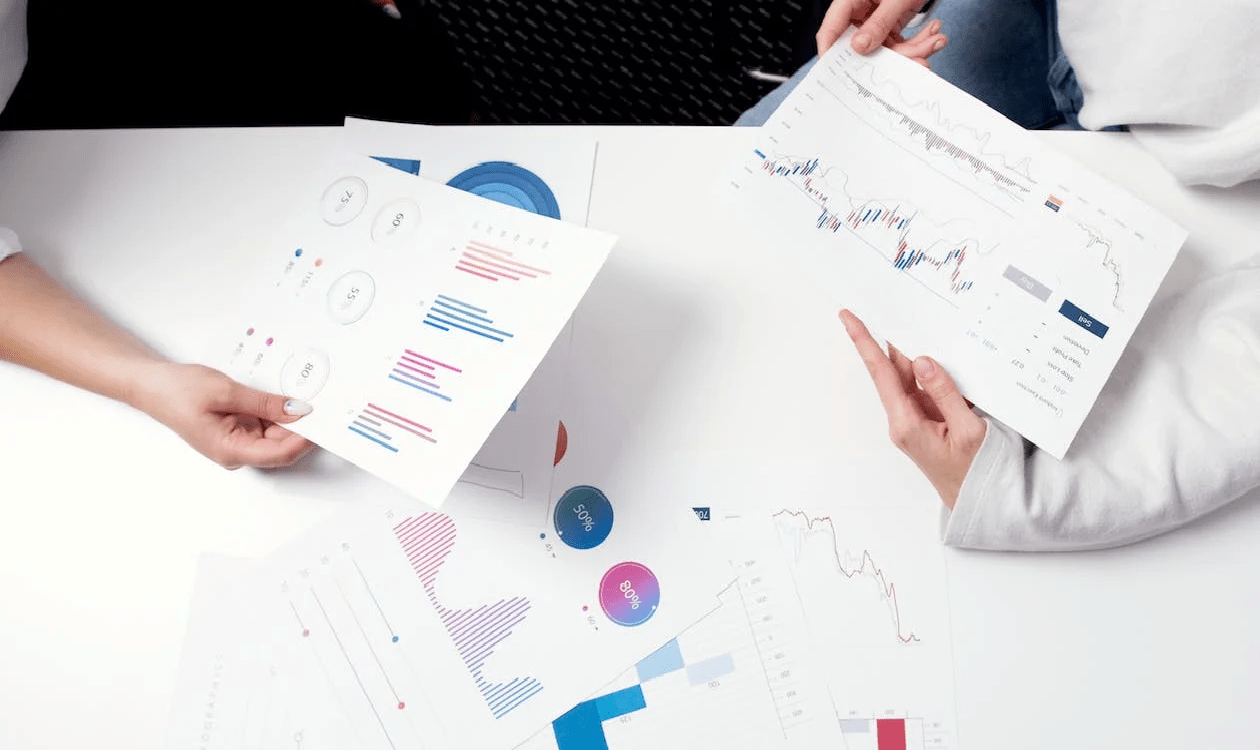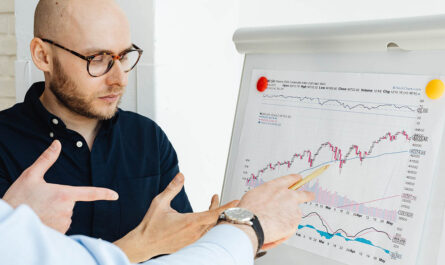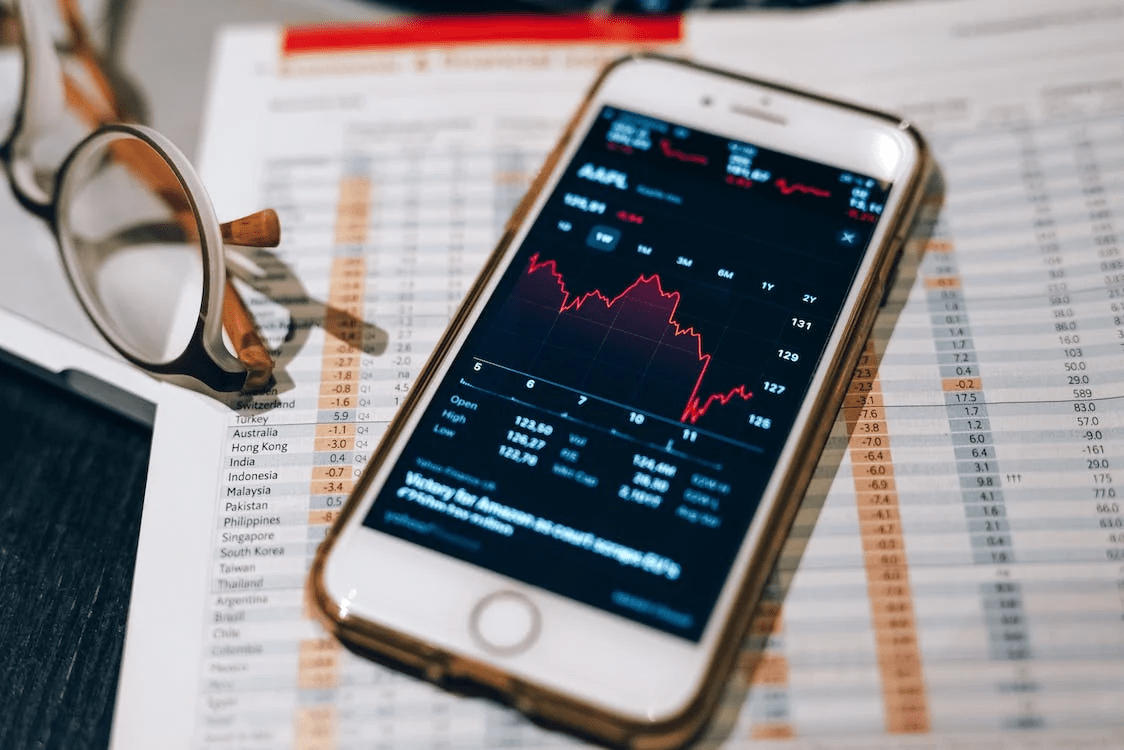Welcome to the world of Forex trading! The foreign exchange market is the largest and most liquid financial market in the world, with an estimated daily turnover of over $5 trillion. While Forex trading can offer significant profit potential, it also comes with inherent risks. To be successful in Forex trading, you must master the art of making profitable trades while managing risk effectively.
In this article, we will explore essential Forex trading strategies that can help you achieve long-term success in the market. We will cover fundamental and technical analysis, risk management, and algorithmic trading strategies, providing practical tips and insights to help you make informed trading decisions.
Whether you are a beginner or an experienced trader, these proven approaches will equip you with the skills and knowledge you need to thrive in the Forex market. So, are you ready to become a master Forex trader? Let’s get started!
Fundamental Analysis
Fundamental analysis is the study of economic, financial, and other quantitative and qualitative factors that influence the value of a currency. It involves analyzing macroeconomic data, such as GDP growth, inflation rates, interest rates, and geopolitical events, to determine the underlying forces that drive currency prices.
In forex trading, fundamental analysis is essential in making informed trading decisions. By understanding the underlying factors that impact a currency’s value, traders can anticipate price changes and adjust their positions accordingly.
To conduct fundamental analysis, traders need to stay up-to-date with the latest economic and political news from around the world. They should also have a good understanding of how different countries economies are interconnected and how changes in one economy can affect others.
Some of the macro-economic indicators that traders consider when conducting fundamental analysis include:
- Gross Domestic Product (GDP) – measures the total value of goods and services produced by a country.
- Inflation rates – measure the rate at which the prices of goods and services in a country are increasing.
- Interest rates – determine the cost of borrowing and the return on investments.
- Employment data – such as the unemployment rate and job creation numbers, can provide insights into a country’s economic health.
- Geopolitical events -such as elections, natural disasters, and international conflicts, can impact a country’s economy.
By keeping track of these indicators and analyzing their impact on the currency market, traders can make more informed trading decisions and increase their chances of long-term success in Forex trading.
Technical Analysis
Technical analysis is a popular approach to predicting currency prices using historical market data and statistical trends. It involves analyzing charts and using various technical indicators to identify patterns and trends that can help traders make informed trading decisions.
The goal of technical analysis is to identify market trends, momentum, support and resistance levels, and other patterns that can signal potential buying or selling opportunities. By understanding these patterns, traders can anticipate price movements and adjust their positions accordingly.
Some of the common technical tools used in forex trading include:
- Charts – line, bar, and candlestick charts are commonly used to visualize price movements over time.
- Moving averages – these are used to help identify trends and smooth out price movements by averaging out prices over a specified period.
- Relative Strength Index (RSI) – This indicator measures the strength of a trend and can help identify overbought or oversold conditions in the market.
- Fibonacci retracements – these are used to identify potential support and resistance levels based on the mathematical relationship between numbers in the Fibonacci sequence.
- Bollinger Bands – these indicate relative volatility in the market and can help traders identify potential buying or selling opportunities based on the width of the bands.
By combining technical analysis with fundamental analysis, traders can gain a more comprehensive understanding of the market and make better-informed trading decisions. However, it’s important to note that technical analysis is not foolproof and should be used in conjunction with other analysis and risk management strategies.
Risk Management
Risk management is an essential aspect of Forex trading. Forex trading involves inherent risks, and traders must be able to manage these risks effectively to protect their capital and achieve long-term success.
Here are some key steps to effective risk management in Forex trading:
- Determine your risk tolerance: Before entering the market, it’s important to determine what level of risk you’re comfortable with. This will vary from trader to trader and may depend on factors such as your investment goals, trading strategy, and financial situation.
- Use stop-loss orders: Stop-loss orders are a critical risk management tool that allows you to limit potential losses by automatically closing out a position at a predetermined price. By setting stop-loss levels, traders can ensure that their losses are limited in the event of an adverse price movement.
- Set realistic profit targets: While it’s important to have ambitious goals, it’s also essential to set realistic profit targets. By setting achievable goals, traders can avoid taking unnecessary risks and reduce the likelihood of significant losses.
- Diversify your portfolio: Diversification is key in managing risk in Forex trading. By spreading your investments across multiple currency pairs and different trading strategies, you can reduce the impact of any one position on your overall portfolio.
- Stay up-to-date with market news: Economic data releases and other market news can significantly impact currency prices. By staying informed about events that may impact the market, you can adjust your positions accordingly and reduce the risk of unexpected losses.
By implementing these risk management strategies, traders can better protect their capital and increase their chances of long-term success in Forex trading.
Algorithmic Trading Strategies
Algorithmic trading, also known as automated trading, is a trading strategy that involves using computer programs to execute trades based on pre-determined criteria. Algorithmic trading has become increasingly popular in Forex trading, as it allows traders to make quick and data-driven decisions, while minimizing the emotional biases that can lead to costly mistakes.
Here are some common algorithmic trading strategies used in Forex trading:
- Trend-following strategies: These strategies involve identifying trends in the market and taking positions that align with those trends. For example, if a currency pair is trending upwards, an algorithmic trading program may automatically enter a long position.
- Mean reversion strategies: These strategies involve identifying currency pairs that have deviated from their long-term average and taking positions that aim to capitalize on a reversion to the mean.
- Breakout strategies: These strategies involve identifying key support and resistance levels and taking positions when those levels are breached. For example, an algorithmic trading program may automatically enter a long position when a currency pair breaks through a key resistance level.
- High-frequency trading strategies: These strategies involve executing a large number of trades at high speeds, often taking advantage of market inefficiencies or small price discrepancies.
When using algorithmic trading strategies, it’s important to ensure that the program is properly backtested and optimized to minimize potential risks and maximize returns. Additionally, traders should always monitor their automated trading programs to ensure that they are functioning correctly and adjust their strategies as market conditions change. While algorithmic trading can be a powerful tool for Forex traders, it’s important to note that it is not a substitute for proper risk management strategies and should be used in conjunction with other trading techniques and risk management practices.



